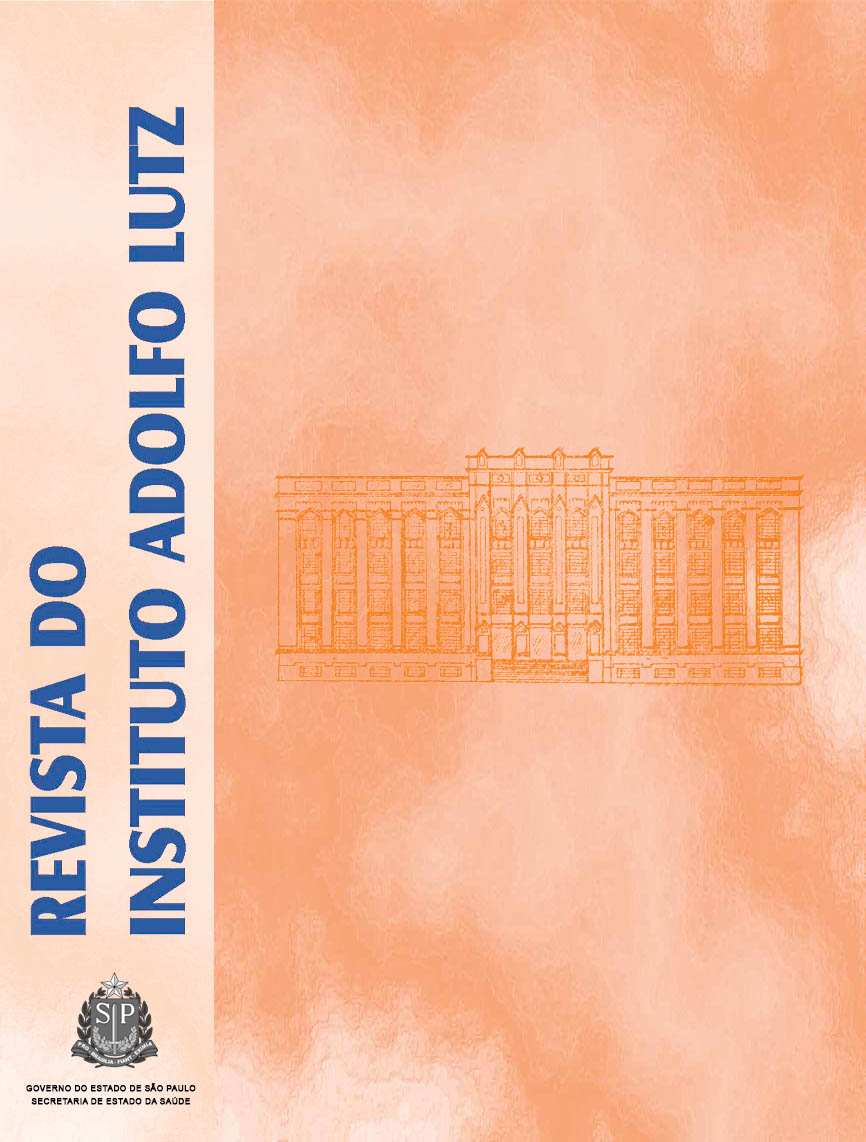Abstract
Monitoring the fungal contamination of rice is essential for ensuring the product quality and safety. Different methods have been proposed for assessing the microbiological quality of foods. Two methodologies based direct plating and blotter test were compared for detecting fungi in irradiated polished white rice. For performing the blotter test, the Petri dishes containing three sterile filter paper sheets were moistened with sterile distilled water, and 5 mL of 0.5% water-agar were added onto them. For carrying out the direct plating technique, the rice samples were plated onto DRBC medium. The samples were incubated at 25ºC for seven days, and analyzed under a stereomicroscope. The fungi genera found in irradiated rice were: Penicillium, Aspergillus, Cladosporium, Fusarium and Trichoderma, being Penicillium sp. and Aspergillus sp. the mostly predominant, with the prevalence of 5.2% and 5.6% by direct plating and 34.5% and 5.6% by blotter test, respectively. The gamma-ray irradiation significantly decreased the proportions of contaminated grains, being 96.7% by means of direct plating technique and 100% by blotter test. The blotter test showed
highest efficiency in fungal genera counting found in rice samples, which evidences that the chosen detection...
References
1. Gourama H, Bullerman LB. Detection of molds in food and feeds: potential rapid and selective methods. J Food Prot. 1995;58(12):1389-94.
2. Bennet GA, Richard JL. Liquid chromatographic method for analysis of the naphthalene dicarboxialdehyde derivative of fumonisins. J Assoc Offic Anal Chem. 1994; 77(2):501-6.
3. International Commission on Microbiological Specifications for Foods. Microrganismos de los alimentos. 2 ed. Zaragoza: Acribia; 2000.
4. American Public Health Association. Compendium of methods for the microbiological examination of foods. 4 ed. Washington: APHA; 2001.
5. Santos AB, Stone LF, Vieira NR. A cultura do arroz no Brasil. 2ed. Santo Antonio de Goiás: EMBRAPA Arroz e Feijão; 2006.
6. Meirelles PG, Biazon L, Ono MA, Hirooka EY, Ono EYS. Imunoensaios: uma alternativa para a detecção de fungos toxi gêni cos em al i mentos. Semi na: Ci ênci as Agrári as. 2006;27(4):617-28.
7. Cousin MA, Duf renne J, Rombouts FM, Notermans S. Immunological detection of Botrytis and Monascus species in food. Food Microbiol. 1990;7:227-35.
8. Beuchat LR. Media for detecting and enumerating yeasts and moulds. Int J Food Microbiol. 1992;17:145-58.
9. Skaar I, Stewing H. Malt-Yest Extract-Sucrose Agar: A suitable medium to enumeration and isolation of fungi from silages. Appl Environ Microbiol. 1996;62:3614-9.
10. Bragulat MR, Abarca ML, Castella G, Cabañes FJ. Dyes as fungal inhibitors: effects on colony enumeration. J Appl Bacteriol. 1995;79:578-82.
11. King AD, Hocking AD, Pitt JL. Dichloran rose bengal medium for enumeration and isolation of molds from foods. Appl Env Microb. 1979;37:959-64.
12. Samson RA, Hoekstra ES, Frisvad JC, Filtemborg O. Methods for the detection and isolation of food-borne fungi. In: Samson RA, Hoekstra ES, Frisvad JC, Filtemborg O. Introduction to food-borne fungi. 5ed. CBS: The Netherlands; 1996.
13. Neergaard P. Seed pathology. v.1. London: The Macmillan Press; 1983.
14. Lucca Filho OA. Metodologia dos testes de sanidade de sementes. In: Soave J, Wetzel MMVS. Patologia de Sementes. Campinas: Fundação Cargill, 1987. p. 276-98.
15. Tanaka MAS. Recentes avanços no desenvolvimento de métodos de detecção de fungos em sementes, no Brasil. Informativo Abrates. 2001;11(1):24-31.
16. Pitt JI, Hocking AD. Fungi and food spoilage. Weimar: Blackie Academic & Profissional; 1999.
17. Samson RA, Hoekstra ES, Frisvad JC, Filtenborg O. Introduction to food and air-borne fungi. 6ed. Baarn: CBS; 2000.
18. Tonon SA, Marucci RS, Jerke G, Garcia A. Mycoflora of paddy and milled rice produced in the region of Northeastem Argentina and Southern Paraguay. Int J Food Microbiol. 1997;37(213):231-5.
19. Lima CAP, Orsi RB, Dilkin P, Corrêa B. Mycoflora and aflatoxigenic in derivatives of milled rice. Cienc Tecnol Aliment. 2000;20(1):7-39.
20. Nunes IL. Micotoxinas, micoflora e seu potencial toxigênico em arroz destinado ao consumo humano. [dissertação de Mestrado]. Porto Alegre (RS): Universidade Federal do Rio Grande do Sul; 2001. 95pp.
21. Hoeltz M. Estudo da influência de manejos pós-colheita na incidência de fungos e micotoxinas no arroz (Oryza sativa L.). [dissertação de Mestrado]. Porto Alegre (RS): Universidade Federal do Rio Grande do Sul; 2005. 77pp.
22. Carvalho RA. Incidência de fungos e aflatoxinas em arroz (Oryza sativa L.) [dissertação de Mestrado]. Lavras (MG): Universidade Federal de Lavras; 2008. 55pp.
23. Castelvecchi D. Dark power: pigment seems to put radiation to good use. Sci News. 2007;171(21):235.
24. Rodrigues JM, Garzón ES. Control mediante radiaciones gamma de flora fungica presente en alimentos de consumo humano y animal. Alimentaria: Madrid. 1993; 95:115-17.
25. Urbain WM. Biological effects of ionizing radiation. In: Food irradiation. Orlando: Academic; 1986. p 83-117.
26. Dadachova E, Bryan RA, Huang X, Moadel T, Schweitzer AD, Aisen P et al. Ionizing radiation changes the electronic properties of melanin and enhances the growth of melanized fungi. Cr Rev Food Sci Nut. 2007;30(6):403-39.

This work is licensed under a Creative Commons Attribution 4.0 International License.
Copyright (c) 2010 Instituto Adolfo Lutz Journal
